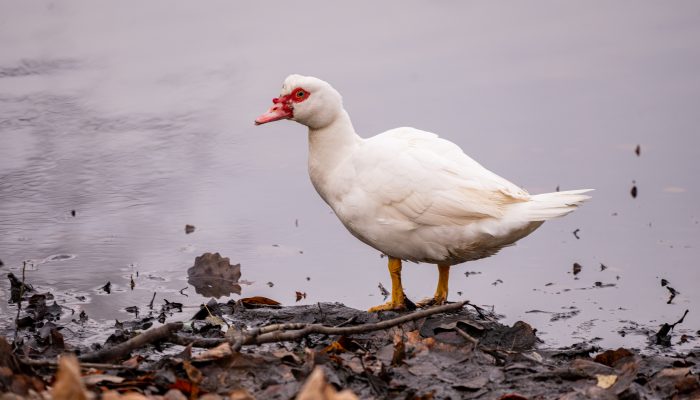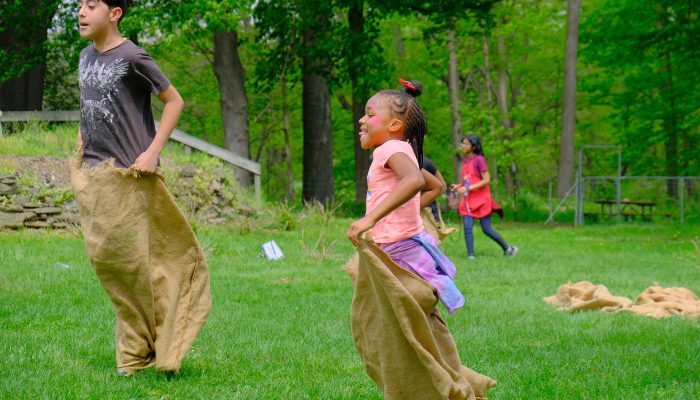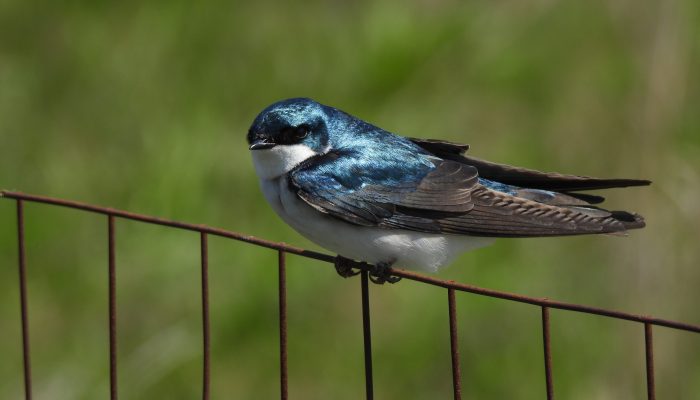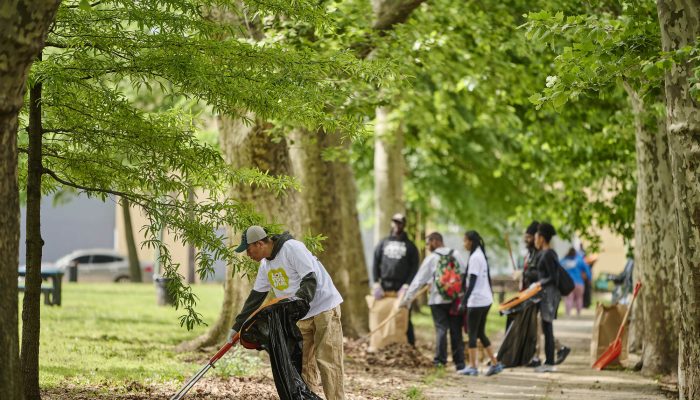By Tony Croasdale, Environmental Educator, Philadelphia Parks & Recreation
FDR Park is well known amongst birders as a phenomenal location for spotting a variety of species. With 224 entries in eBird, FDR Park has the 3rd largest bird list for Philadelphia! Only the much larger John Heinz National Wildlife Refuge and Pennypack Park on the Delaware have larger species listings on the popular app for tracking observational data gathered by birders.
The wetlands restoration project and Nature Phase of the FDR Park Plan now underway will enhance the park’s status as a destination for birders. The plan will expand the amount of ecologically restored natural habitats in the park, and cement FDR’s reputation as a regional destination for birds and birders in four exciting ways:
- Replacing invasive species with more native plants around the Lakes and existing natural areas of the park,
- Introducing natural banks, an island, and more native plants to The Lakes,
- Restoring 33 acres of native tidal marsh in the southwest corner of the park,
- Providing boardwalks and bird observation infrastructure throughout the park’s natural areas.
Restoring an Ecological Core
As part of the work to future-proof FDR Park from a hotter, wetter future, Parks & Rec and partners will invest in a 209 acre Ecological Core. Because of the low-lying ground on which the park was built, central to the ecological core will be a reclaimed native wetland habitat that existed on the land before FDR Park was built over 100 years ago.
Wetlands are where water and land meet, and can be broadly divided into marsh and wet forest.
A marsh is a wetland with herbaceous (grasses, sedges, rushes, and wildflowers) vegetation while a wet forest, which is sometimes called a swamp, is a wetland with woody (trees and shrubs) vegetation.
Looking for the rare Least Bittern? Look no further than the FDR wetland
The wetland areas are being planted with a mix of native reeds and broad-leaf emergent plants that will provide ideal breeding conditions for breeding marsh birds, especially the state endangered Least Bittern. Other state listed birds that will likely stopover in the marsh include: King Rail, Great Egret, Yellow-crowned Night-Heron, and Sedge Wren. Some of these species could potentially even breed here.
Once implemented, some current parking areas and athletic fields will be restored to natural lands, while existing natural lands will be enhanced by planting more native species. Native plant species are critical to a productive ecosystem that attracts migratory birds. Ecosystems coevolve with other native species and host more insect species, which provide food for birds and reptiles and amphibians.
An expanded forest at FDR worthy of the Rusty Blackbird
The forest at FDR is a known wintering location for the rapidly declining Rusty Blackbird. The plans will add another 16 aces of the swamp forest they depend on. Rusty Blackbirds are known to prefer willow oaks, these trees along with other oaks, American elm, black tupelo, and sweetgum will provide vital stopover habitat for scores of migrating warblers, vireos, and flycatchers.
With a mix of wetlands, marshlands, forests, and meadows, the transformed FDR Park will make an ideal habitat for birds and birders. Luckily for us, the plan calls for over 5 miles of soft trails and plenty of boardwalks and observation decks for birders visiting South Philly’s premier park.




